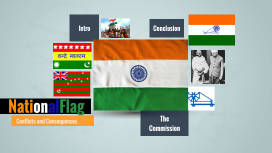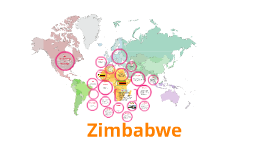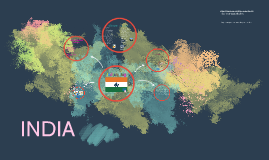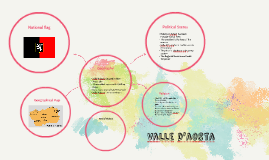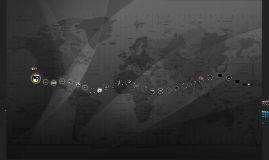Indian Flag
Transcript: Political map Physical map Natural Resources India is rich in natural resources. The country produces as many as 87 minerals including fuel, metallic, non-metallic, and atomic minerals. Among the minerals, reserves of coal, iron ore and bauxite wich wil last a long time. Food Food in Daily Life. About half the people eat rice as their staple, while the remainder subsist on wheat, barley, maize, and millet. Barley Maize Rice Every major world religion is represented in India. Like, Hinduism, Buddhism, Jainism, and Sikhism all originated in India. About 80% of Indians are Hindu. Muslims are the largest minority in India and form approximately 13% of the country’s population. India has the third largest population of Muslims in the world, after Indonesia and Pakistan. It is traditional to wear white, not black, to a funeral in India. Widows will often wear white in contrast to the colorful clothes of married or single women. The temples of Khajuraho are famous for their sculptures and the sculptures are one of the most popular tourist attractions in India. many people stop to see them but are weirded out Some of the famouse landforms in india are the, Himalayas, Ganges River, Thar Dessert On India’s Independence Day, August 15, 1947, the country was split into India and Pakistan. The partition displaced 1.27 million people and resulted in the death of several hundred thousand to a million people.g Government History India is a federal state with a parliamentary form of government. It is governed under the 1949 constitution (effective since Jan., 1950). The president of India, who is head of state, is elected for a five-year term by the elected members of the federal and state parliaments. India has 'Tropical Monsoon' type of climate. The word monsoon has been derived from the Arabic word 'Mausim' which means seasonal reversal of the winds during the course of the year. Himalayas Granges River http://www.everyculture.com/Ge-It/India.html#ixzz3WlbzlhFE The lotus is sacred to both Hindus and Buddhists. The Bahá’í house of worship in Delhi, known as the “Lotus Temple,” is shaped like a lotus flower with 27 gigantic “petals” that are covered in marble. India is about 1/3 the size of the United States, yet it is the second most populous country in the world, with a population of 1,166,079,217. India is the world’s largest producer of dried beans, such as kidney beans and chickpeas. It also leads the world in banana exports. Traditions Sikhism Fun Fact The Indian flag means tiranga and it also has has many interesting attributes creating it unique. Then Indian flag represents India's long freedom struggle. It shows howIndia and Independent republic. The Sikh tradition was founded by Guru Nanak in the late 15th century C.E. in the Punjab region of what are today India and Pakistan. Climate Art Indian Flag Jainism History Of The Indian Flag Hindi and English are the official languages of India. The government also recognizes 17 other languages (Assamese, Bengali, Gujarati, Nepali, Manipuri, Konkani, Kannada, Kashmiri, Malayalam, Marathi, Oriya, Punjabi, Sanskrit, Sindhi, Tamil, Telugu, and Urdu). From these languages, about 1,652 dialects are spoken in the country. Language The history of Buddhism religion dates back to the year 580 BC, which started with the birth of Buddha Siddhartha Gautama http://www.patheos.com/Library/Sikhism.htm The National flag of India is a horizontal tricolor of deep saffron at the top, white in the middle and dark green at the bottom and, In the centre of the white band is a navy blue wheel which represents the chakra. Jainism dates back to the 6th century B.C.E in india. The religion dirives its name from the jinas a title given to twenty-four great teachers. Culture Religion Fun Fact famous landforms Buddhism Natural/Unatural Resources Fun Fact Hinduism Hinduism is the oldest religion on the planet. It is very, very big and has a ge number of beliefs compard to other religions Fun Fact India is the world’s largest tea producer, and tea (chai) is its most popular beverage. INDIA







